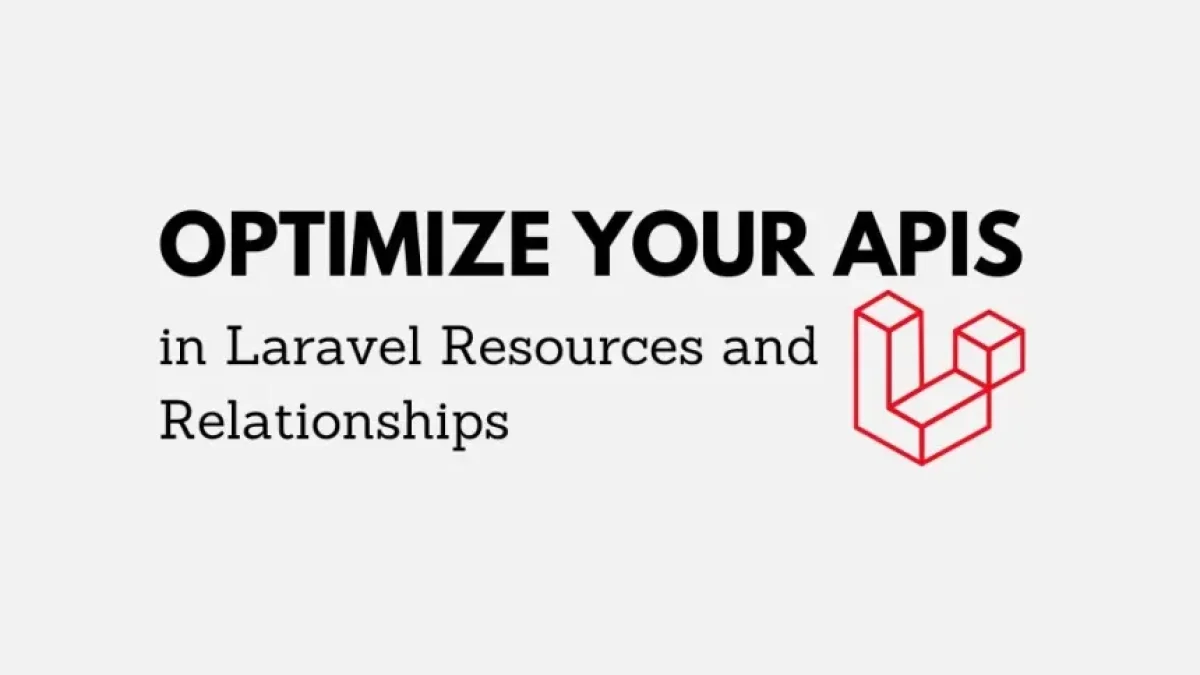Optimize Your APIs in Laravel with Resources and Relationships


In the world of web development, efficiency and clarity are fundamental aspects for creating robust applications. Laravel, one of the most popular frameworks in PHP, offers a set of tools that allow you to optimize APIs. This article explores how to use resources and relationships in Laravel to enhance the performance of your applications.
What are Resources in Laravel?
Resources in Laravel are a way to transform your models and collections of data into JSON. These structures are useful for formatting the data that is returned in API responses, ensuring that only the attributes that are truly necessary are sent. This not only helps reduce the size of the responses but also increases readability and facilitates easier code maintenance.
Why Use Resources
- Total control over representation: They allow you to specify exactly which attributes should be included in the response.
- Efficiency: By limiting the size of the data being sent, the speed and efficiency of the API are improved.
- Ease of maintenance: Changes in the structure of the models do not automatically affect the API responses, as long as the same structure is maintained in the resources.
Using Resources in APIs
To create a resource, Laravel provides a class called JsonResource. You can easily generate it with the Artisan command:
php artisan make:resource ResourceName
This creates a new resource that you can use to transform your model into JSON. The next step is to define which attributes you want to include in the toArray method of your resource.
Read also
Practical Example
Suppose you have a User model. You can create a resource to transform the user data into the API response:
class UserResource extends JsonResource
{
public function toArray($request)
{
return [
'id' => $this->id,
'name' => $this->name,
'email' => $this->email,
];
}
}Then, in your controller, you can use this resource as follows:
public function show($id)
{
$user = User::findOrFail($id);
return new UserResource($user);
}Relationships in APIs
When working with models that have relationships, it is also important to include these relationships in your resources. This can be easily done using Laravel's Eloquent relationships.
Read also
How to Include Relationships
By defining the relationships in your model, you can load the relationships in your resource. For example, if the User model has a relationship with Posts, you can include this relationship in your resource:
class UserResource extends JsonResource
{
public function toArray($request)
{
return [
'id' => $this->id,
'name' => $this->name,
'email' => $this->email,
'posts' => PostResource::collection($this->whenLoaded('posts')),
];
}
}This way, when requesting information about a user, their posts will also be included, optimizing the API usage by effectively loading related data.
Summary
Optimizing your APIs in Laravel using resources and relationships not only improves the clarity and efficiency of responses but also makes the code cleaner and easier to maintain. Utilizing the tools that Laravel offers will allow you to develop more robust and optimized applications, providing a better experience for end users.
If you wish to continue learning about optimization and development in Laravel, I invite you to read more articles on my blog.



















